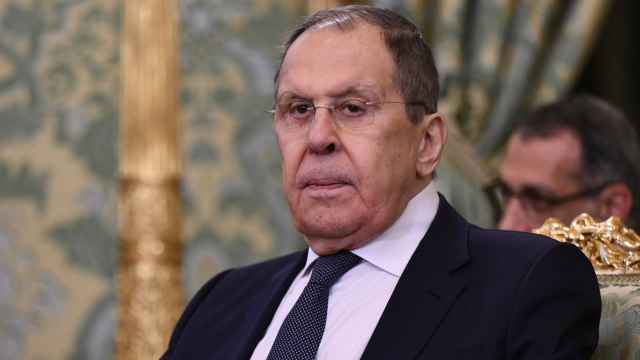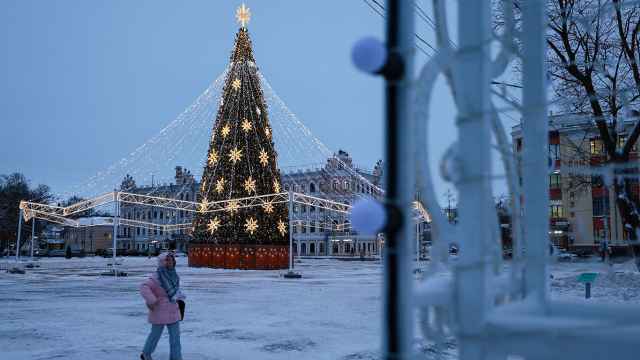The Federal Space Agency, Roscosmos, is to discuss with leading Russian scientists the development of a new launch vehicle capable of carrying payloads up to 70 tons, its head said Friday.
For the super-heavy rocket, "we will analyze and use all the existing potential … to choose the optimal solution," newly appointed Roscosmos chief Oleg Ostapenko said.
The results of the discussions will be used to outline the design and technical characteristics of the rocket, including its environmental safety.
The new rocket should be capable of delivering spacecraft to geotransitional, up to eight tons, geostationary, five tons, and low-Earth, at least 20 tons, orbits.
Russia's Energia space corporation earlier proposed the development of a new launch vehicle based on the Soviet-era Energia rocket that was used in the late 1980s as the launcher for the Buran space shuttle.
Two Energia launches were carried out — May 15, 1987 with a mockup Buran model, and Nov. 15, 1988 with the actual Buran shuttle.
However, the Energia-Buran project was suspended in the 1990s. Five Energia rocket frames at various stages of construction were broken up at the Baikonur space center in Kazakhstan and at the Energia corporation assembly facilities.
The RD-170 rocket engine, developed for the Energia project, has been upgraded and is used in Russian-Ukrainian Zenit carrier rockets as the RD-171, and in American Atlas 5 launch systems as the RD-180.
According to some in the Russian space industry, an alternative solution could be the use of the Angara family of carrier rockets, designed by the Khrunichev center, as the basis for a future launch vehicle.
The Angara development program was launched in 1995, but has suffered a number of setbacks and delays since then.
Angara is intended mainly for launch from the Plesetsk space center in northern Russia and the future Vostochny spaceport in Russia's Far East to reduce Moscow's dependence on Kazakhstan's Baikonur, the main launch facility for the current generation of Russian rockets.
A Message from The Moscow Times:
Dear readers,
We are facing unprecedented challenges. Russia's Prosecutor General's Office has designated The Moscow Times as an "undesirable" organization, criminalizing our work and putting our staff at risk of prosecution. This follows our earlier unjust labeling as a "foreign agent."
These actions are direct attempts to silence independent journalism in Russia. The authorities claim our work "discredits the decisions of the Russian leadership." We see things differently: we strive to provide accurate, unbiased reporting on Russia.
We, the journalists of The Moscow Times, refuse to be silenced. But to continue our work, we need your help.
Your support, no matter how small, makes a world of difference. If you can, please support us monthly starting from just $2. It's quick to set up, and every contribution makes a significant impact.
By supporting The Moscow Times, you're defending open, independent journalism in the face of repression. Thank you for standing with us.
Remind me later.





